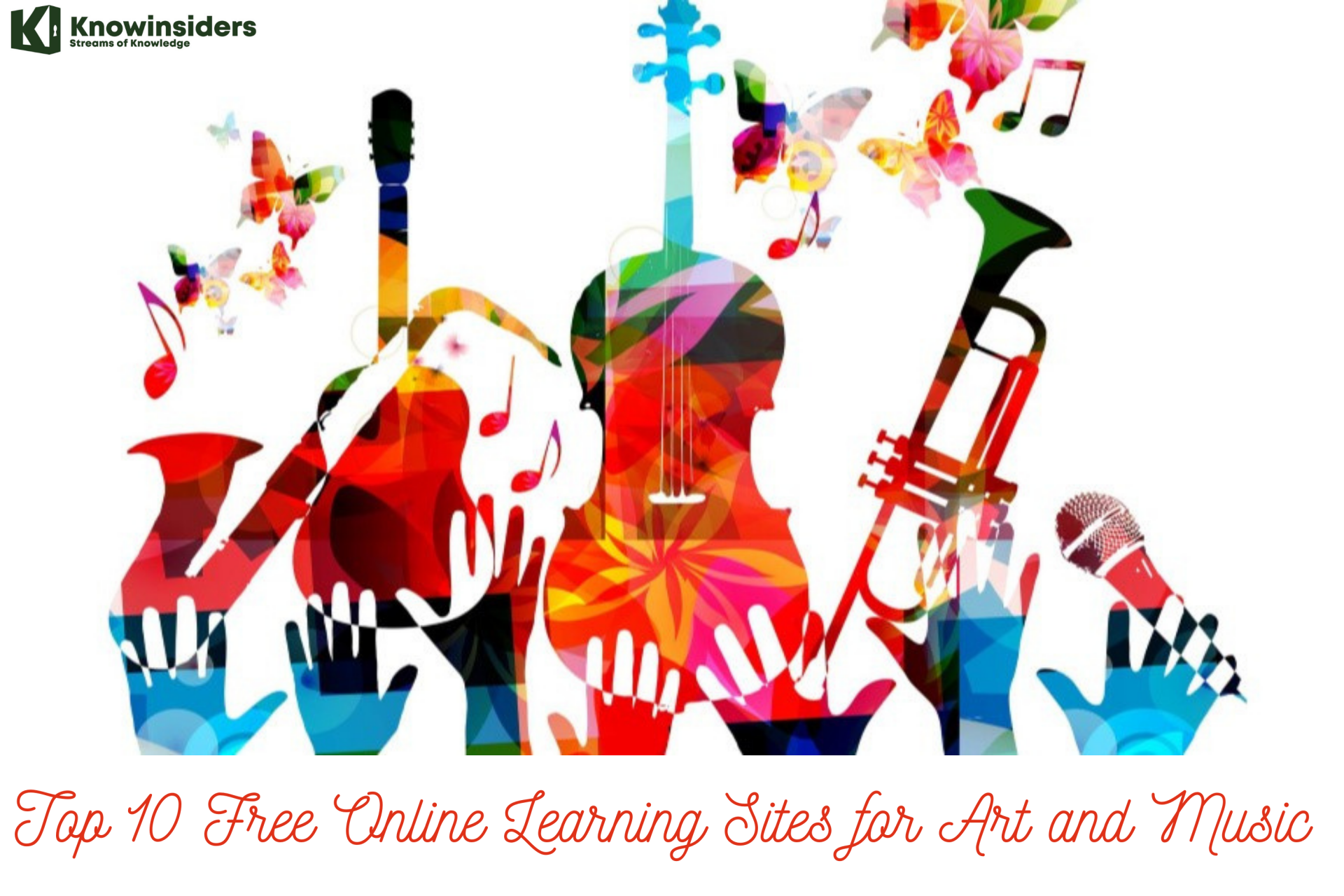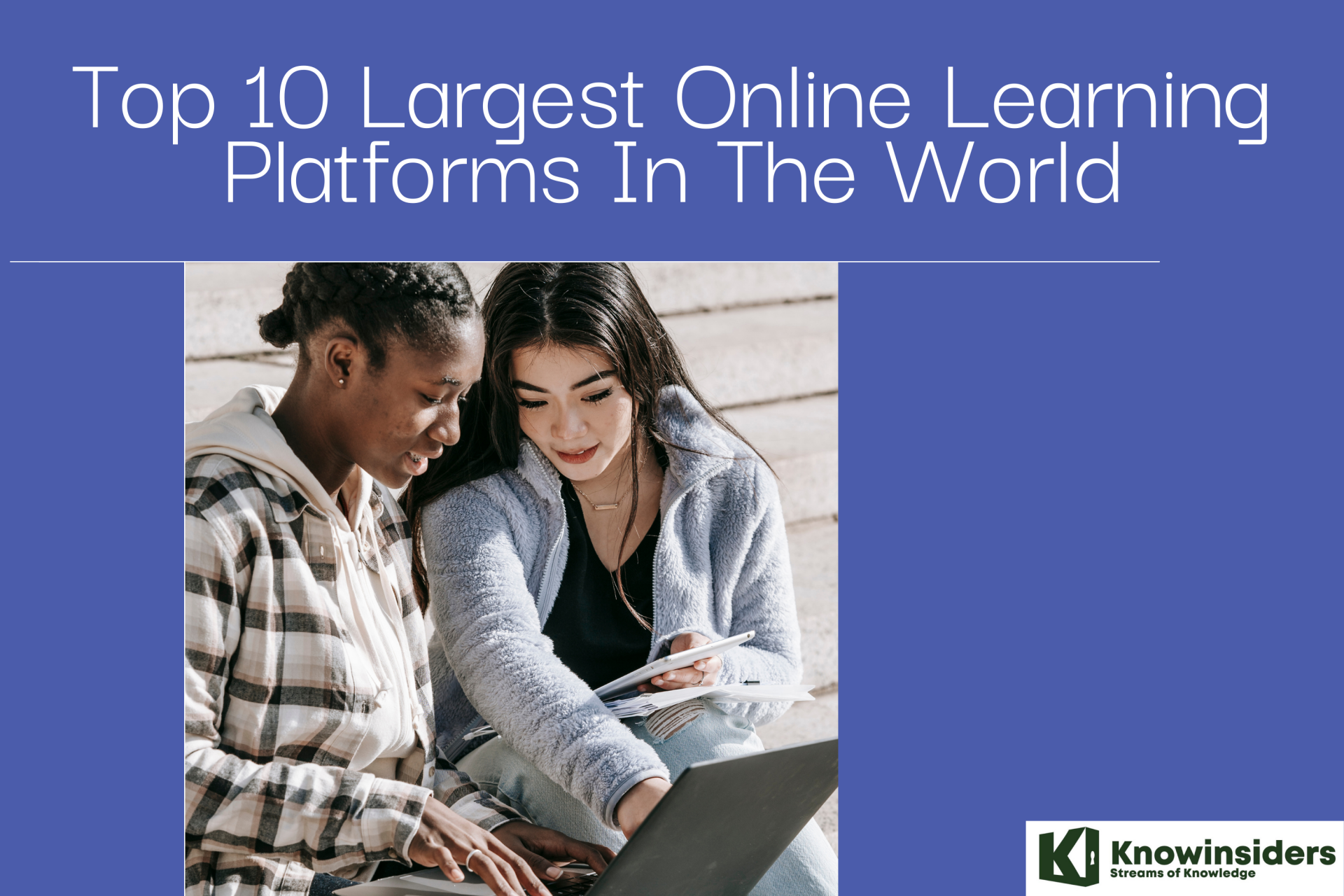How Many Types of Online Education and Online Learning?
♦ Top 20 Best Free Sites for Online Education In The World
♦ 15 Most Popular Online Courses in 2023/2024 of the U.S Top Universities
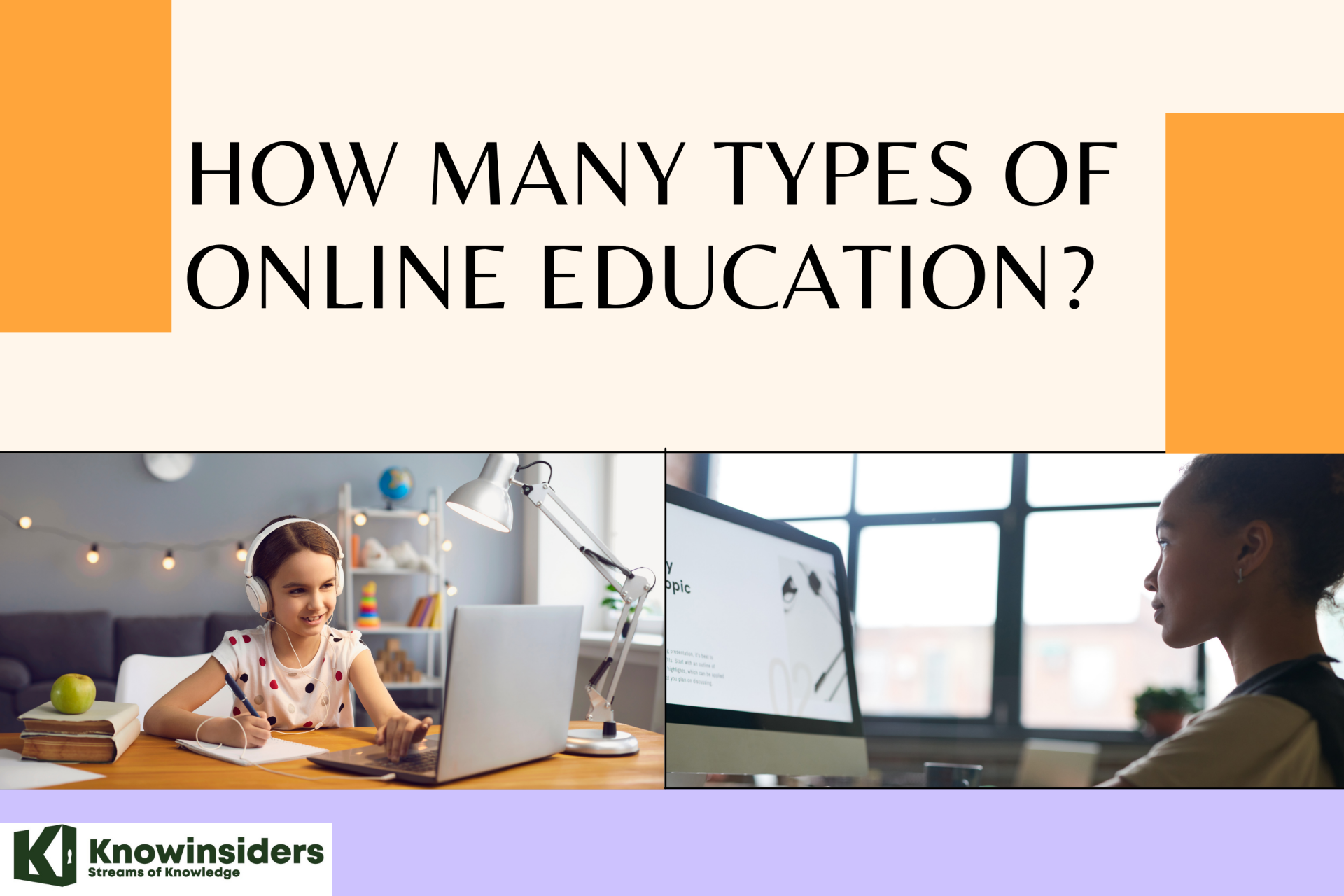 |
| How Many Types of Online Education? |
The Internet has developed over the past 20 years from being almost nonexistent to being the biggest, most accessible database of knowledge ever made. Technology has altered how people interact with one another, conduct business, go shopping, socialize, and approach knowledge and education. Online education is transforming the way traditional classrooms are run and making education more accessible than ever before. It is much more than just a new approach to remote learning.
Online education is a type of instruction where students access the internet through their home computers. Online graduations and courses have grown in popularity over the past ten years among many nontraditional students, including those who desire to continue working full-time or raising families. Online graduation and course programs, some of which are carried out utilizing digital technology, are common.
How Many Different Types of Online Education?
Again, these are not "book" definitions by any stretch of the imagination but are cobbled together based on what I've seen recently.
1. Online learning
Definition
Education that takes place online or via an app; broad term.
Examples
Probably the overarching umbrella term that covers any and all websites, apps, or learning platforms on or through which a student can learn.
For instance, BrainPop and Code.org as online learning portals, Duolingo as a learning app, our Online Private Lessons as more of an online tutoring session for kids, etc.
2. Virtual learning
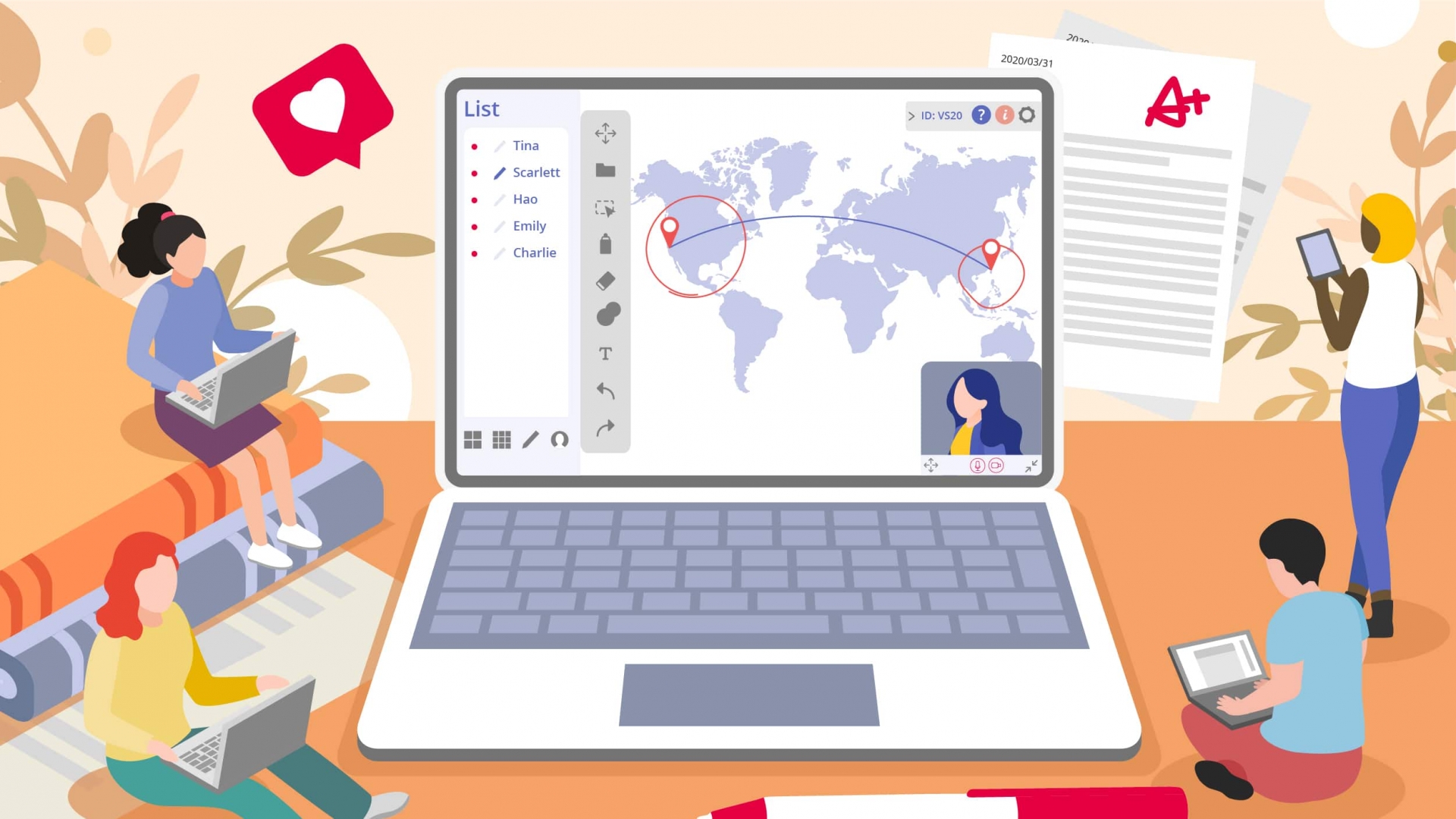 |
| Photo: fpt |
Definition
Comparable to online education but potentially a little more formal and utilizing internal software platforms/portals By using virtual learning, you can make an offline component accessible online.
Examples
The fact that virtual learning is placing an offline component online may be a crucial differentiation in this case. Instead, putting anything online that was designed to be experienced in person.
Sites like ABCMouse.com, for example, were created with the intention of becoming a solely online destination. Certainly, there is learning going on, and yes, the setting is similar to a classroom, but the main goal has been to entice youngsters to learn online.
Take a look at our Virtual Tech Camps as an alternative. They are incorporating parts of the actual summer camp experience online.
3. eLearning
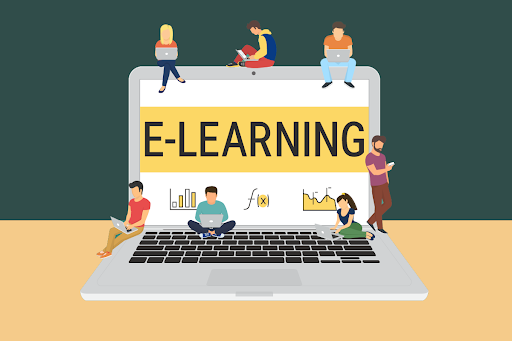 |
| eLearning |
Definition
Probably your standard educational website where children can click through games and exercises at their own leisure.
Examples
Considering the aforementioned illustration, ABCMouse.com would not be regarded as "virtual learning," but would definitely fit under the category of "eLearning," and might be seen as a supplier of EdTech tools for children. Moreover, I would classify code.org as an eLearning portal.
4. Remote Learning
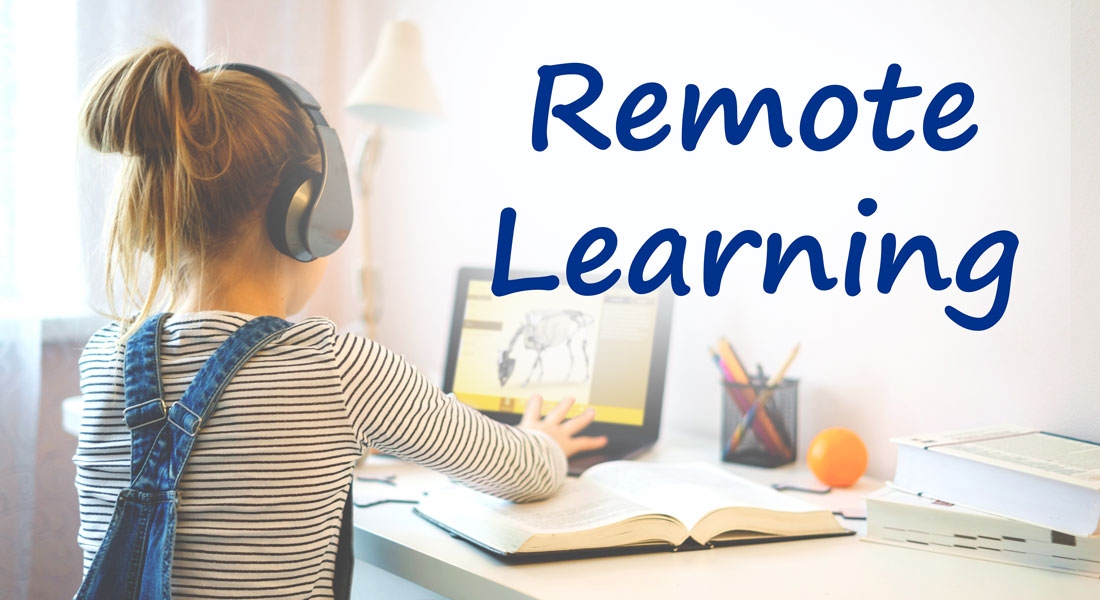 |
| Remote Learning - Photo: ymcachicago |
Definition
Perhaps less relevant to children and education? more commonly used for corporate training in the past. Both corporations and educational institutions employ a more formal learning program. less accessible to the general public and more frequently used to denote exclusive programs only available to members of a certain group.
Examples
As stated in the definition above, "remote learning" is often associated with corporate training techniques and less so with online learning for children.
So picture a sales company that has teams of reps spread out over the nation. Anybody, anyone may access online training and resources thanks to remote learning.
5. Distance Learning
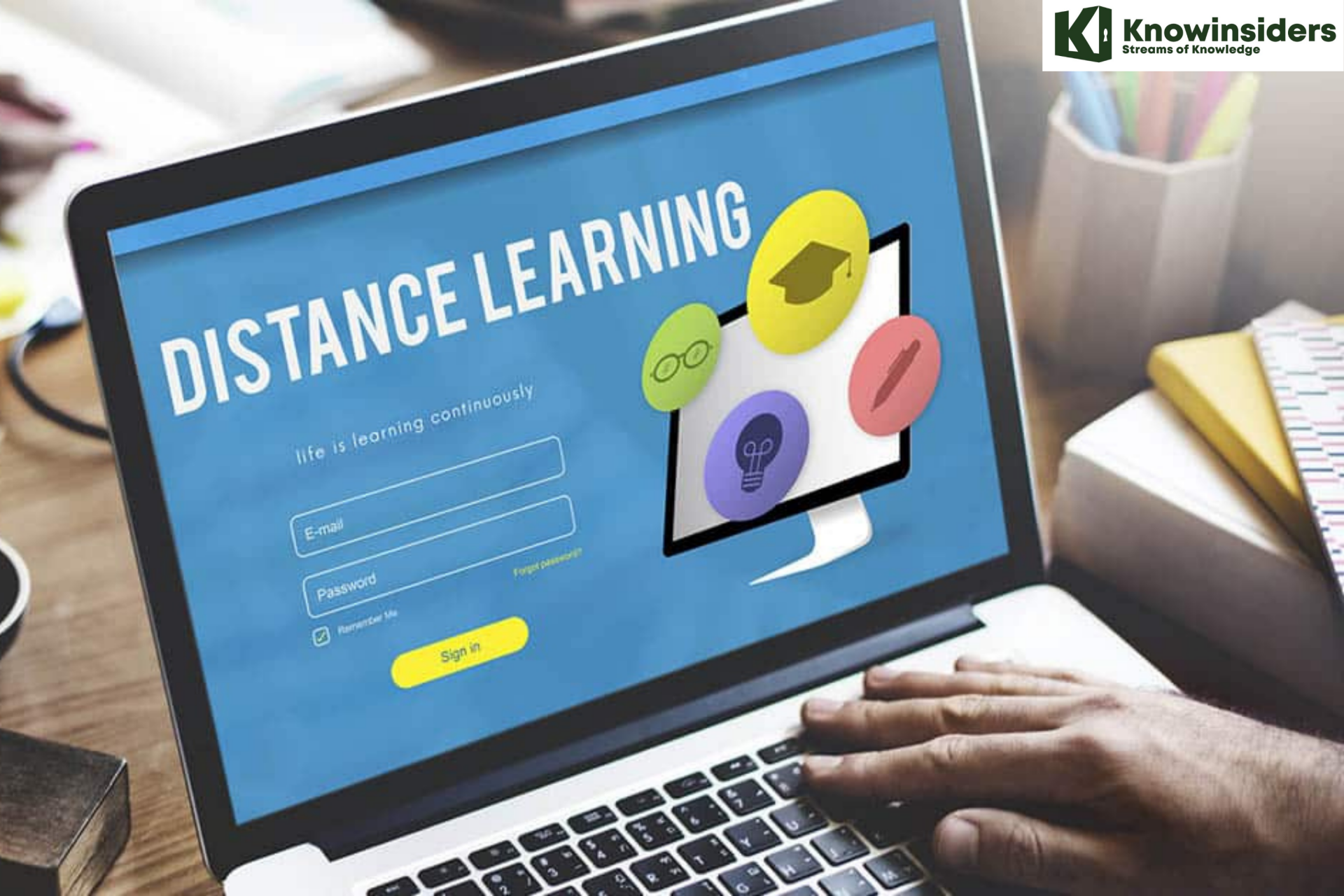 |
| Photo: KnowInsiders |
Definition
Most comparable to remote learning, or at least Google seems to use the two terms interchangeably. This is merely an observation and does not imply that they are the same. When it comes to how often and when they connect, distance learning does seem to indicate more of a "separation" between teacher and student.
Examples
Until the arrival of COVID-19, I believe that if you were to ask people about distance learning, they would likely interpret it to be synonymous with remote learning.
Yet these days, we're all used to hearing the term "distance learning" to describe the various initiatives that schools are offering to their pupils. These courses may contain non-digital instruction as well as online materials and tasks.
6. On-demand learning
 |
| On-demand learning - Photo: schools |
Definition
On-demand learning is not always possible with online courses. A truly on-demand product, such as your cable streaming, can be more "click and you're off," whereas you may need to book an online learning session a week or a day in advance.
Examples
On-demand education is comparable to online education in that it is accessible to the general public and not controlled by a certain organization or educational institution, allowing them to develop their abilities wherever they wish.
Given this, one might assert that the majority of online instructional resources offer on-demand learning, such as the YouTube video you're watching right now to learn how to develop a hobby.
On-demand learning, however, ought to definitely be connected to a specific product or "extra" service that one registers for and/or subscribes to in order to tighten up things a little.
Consider it similar to your cable, where movies and TV series are available "on-demand." You can watch TV live on any channel, or you can choose the specific program you want and have full control over the replay "on demand."
Applying that to learning, there are a variety of on-demand tutoring websites and applications where, for example, your child can get in touch with a real person right away who can assist them with their issue.
To try and formulate what this all means, here are a few examples of how online learning types are being rolled out and presented.
 10 Best Free Sites for Online Learning in IT and Software Development 2023/2024 10 Best Free Sites for Online Learning in IT and Software Development 2023/2024 |
How many types of Online Learning?
There are different kinds of online learning models that the students can use according to their preferences. Each of these types is fully and well-featured. With due respect here are some of the types of online learning are portrayed underneath:
1. Synchronous Online Learning/Live
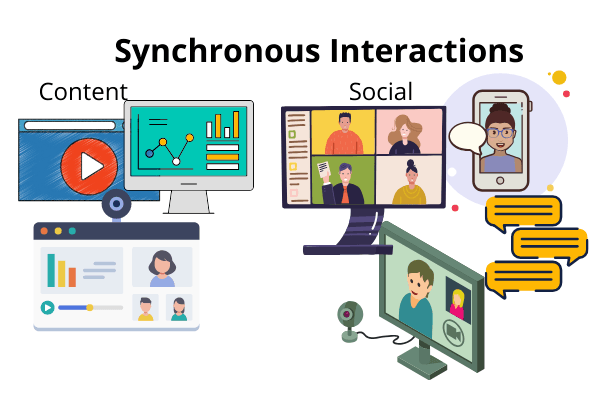 |
| Synchronous Online Learning/Live - Photo: Elearningindustry |
Communication between participants in this style of learning occurs quickly, and members can access the information in the interim. Virtual classrooms, video/sound conferencing, and ongoing graphs made possible by ezTalks Video Conferencing are used in certain synchronous e-learning scenarios. One of the true benefits of synchronous online learning is that it provides members with immediate feedback on their performance.
Also, this kind of learning expedites the creation of teaching teams for boosting a higher level of connection to enable greater understanding of a certain subject. The greatest benefit of synchronous online learning is that it allows for more member inclusion.
The fact that self-managed learning and planning logistics are not offered is the fundamental drawback of this style of learning. Additionally, it necessitates managing students' accessibility across several time zones.
2. Asynchronous Online Learning
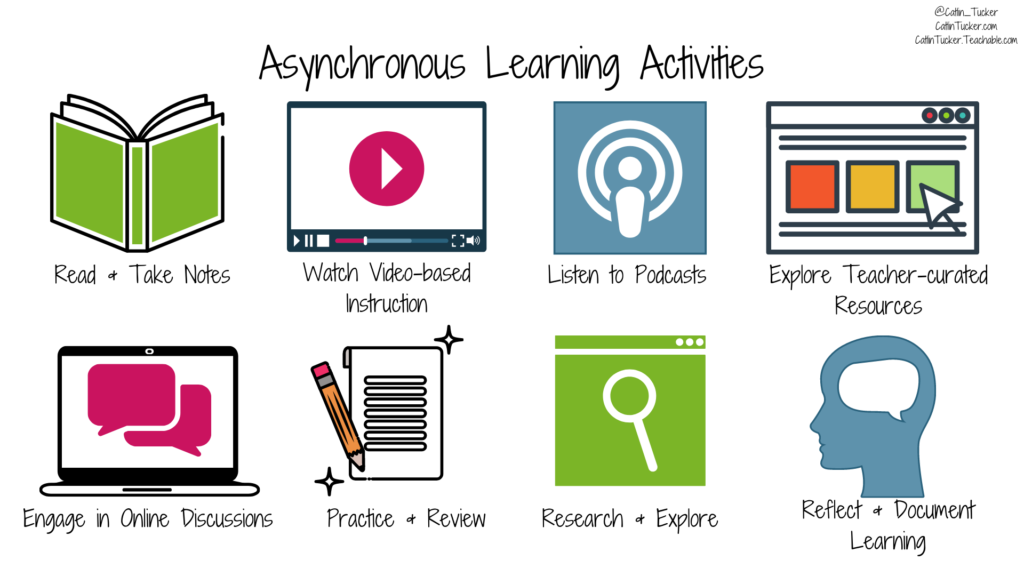 |
| Photo: catlintucker |
This type of online learning, in which communication between users does not occur immediately, is also known as store and forward online learning. A few instances of asynchronous learning include enrolling in a self-managed course, posting remarks on various discussion forums, and exchanging emails with at least one instructor. Asynchronous online learning provides flexibility, accessibility, and highly desired self-guided learning.
In any case, one of the true drawbacks of asynchronous online learning is that a student could feel alone or less convinced because there is no open door to continued collaboration with other participants in this process.
3. Blended Online Learning
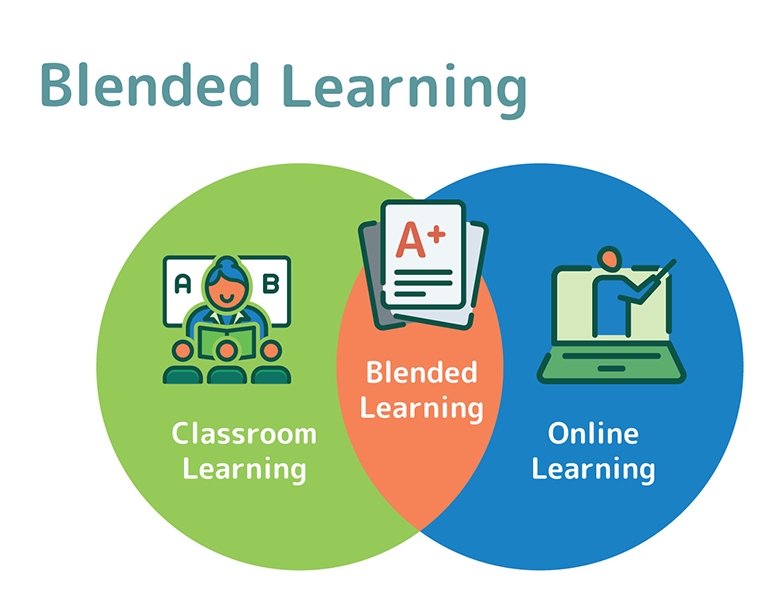 |
| Blended Online Learning - Photo: Edubai |
This is most commonly referred to as the blended learning approach, which combines regular in-person lectures, seminars, and learning activities with learning online via activities including messaging, discussion through discussion sheets, tests, quizzes, and declarations.
Students in this style of learning receive feedback from online examinations and quizzes, which prompts them to recognize gaps in their knowledge and strategies to fill them. For the overall benefits of the learning communities, blended learning is offered by all ostensible online foundations.
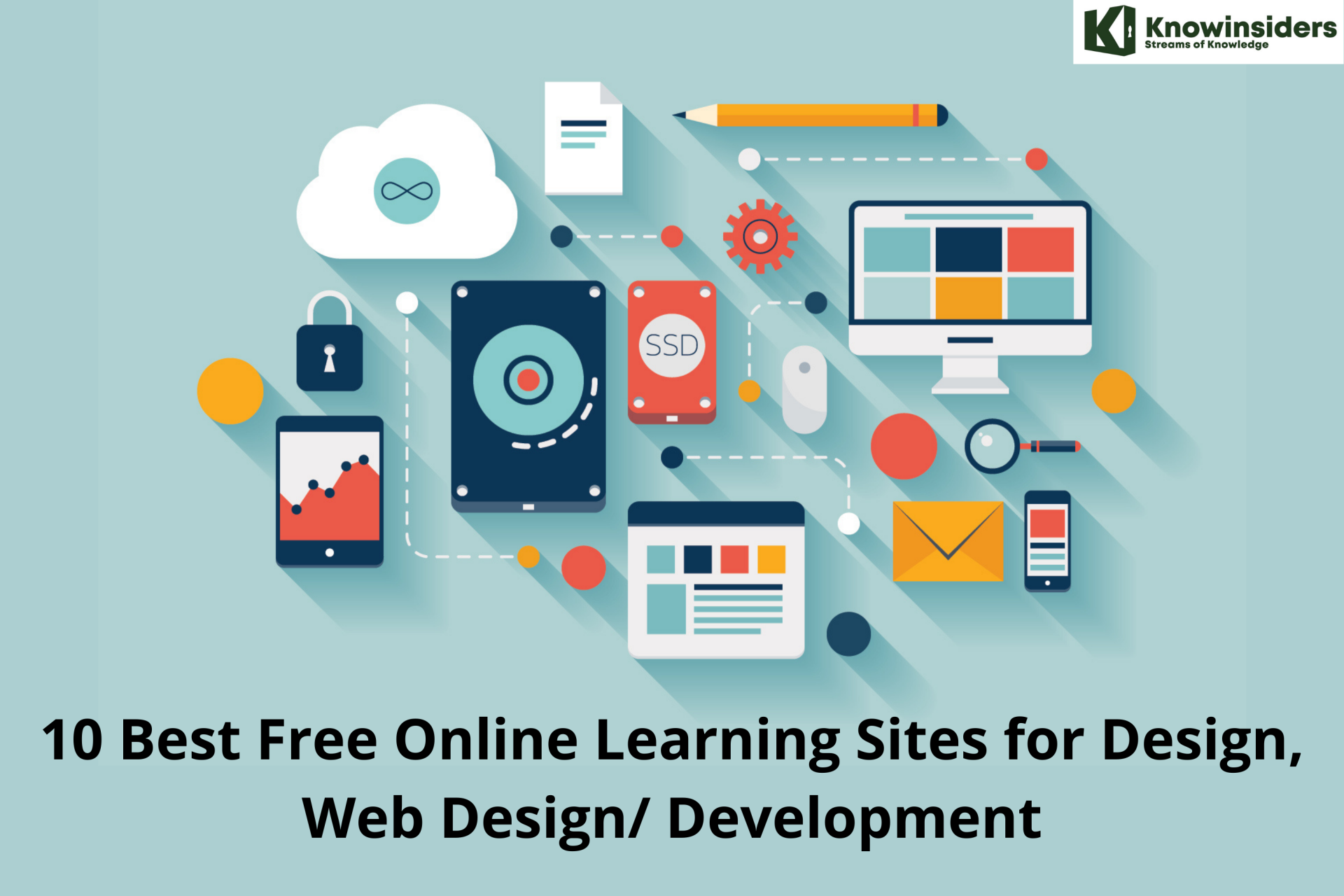 10 Best Free Sites for Online Learning 2023/2024 in Design, Web Development 10 Best Free Sites for Online Learning 2023/2024 in Design, Web Development |
How many different types of Online Classes?
1. Video Online Course
 |
| Photo: learningrevolution |
Start with a well-known one: video lessons. They have been employed for a number of years. First, most people enjoy multimedia stuff. Also, there is no need to set up any kind of cutting-edge technological platform. Most of the time, they resemble typical lectures or presentations, which makes them simpler for most individuals to create and understand.
Graphs, movies, and other visual aids are often included to provide color and interest, but you can present them in the same way as a typical lecture.
Also, this kind will be very helpful to those who work closely with the body's arts.
Now, let's use the example of taking a course on baking cookies. Along with recipes, you received 10 tips & tricks. You simply write your script—which could be brief—and record yourself discussing it or demonstrating it. That's basically it!
2. Interactive Online Course
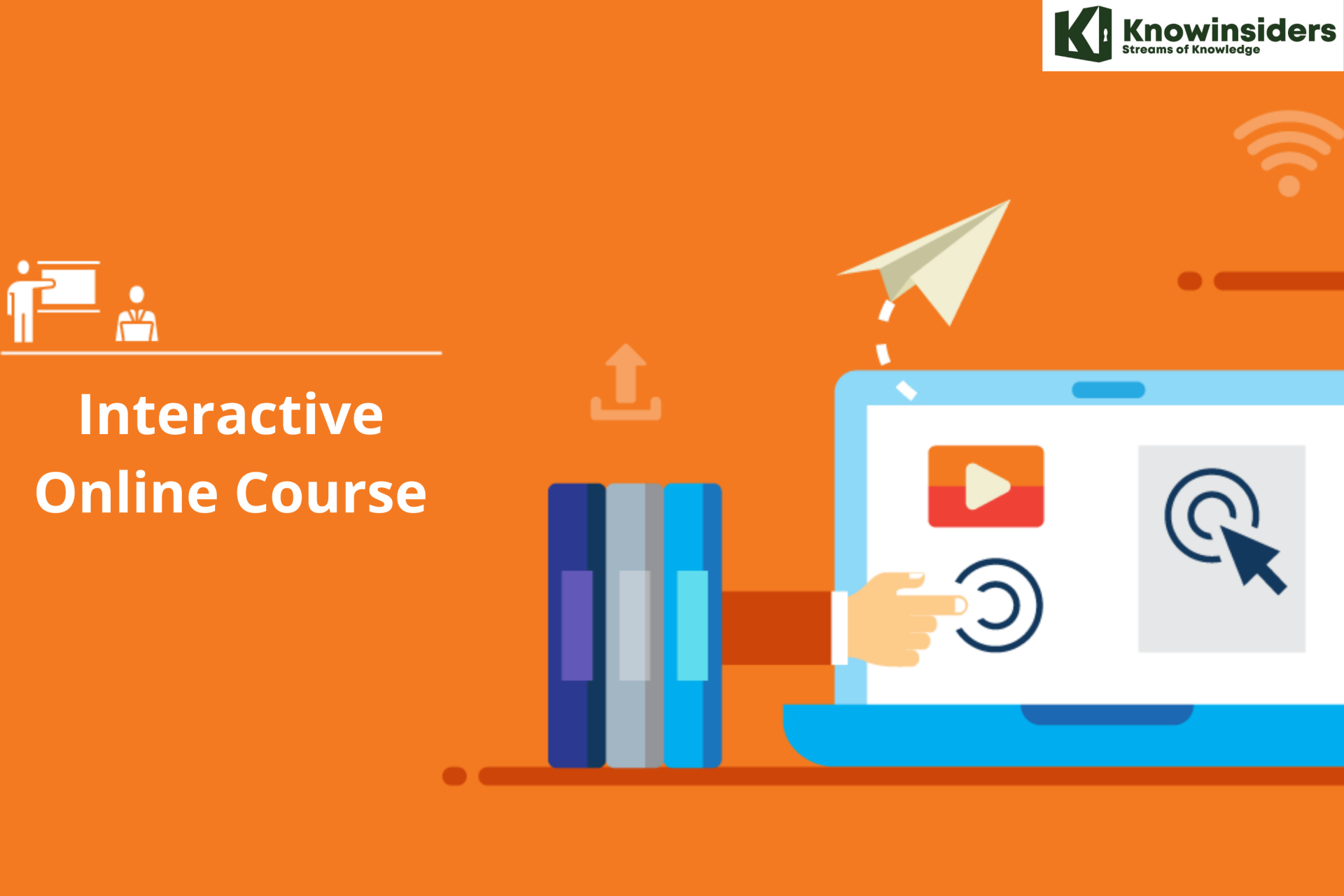 |
| Photo: KnowInsiders |
You might choose this kind of course for a variety of reasons. One significant one is that learning exclusively through videos, particularly for technical skills, may be difficult. Also, engaging courses keep your audience interested and learning. They shouldn't be about to nod off in the middle of your videos, of course!
Also, you are not required to evaluate their progress in a teacher-like manner using this way of learning. Set up a system with multiple-choice options and let technology handle the rest!
Unquestionably, Duomly is an excellent example of an online education. It provides a wide selection of courses that are thoroughly organized from top to bottom. Every component is broken down into manageable chunks that test your understanding as each new crucial idea is introduced.
Also, because they can go at their own pace, it is appropriate for persons with limited free time. It's not necessary to spend an entire hour watching a lecture!
3. Written Online Course
 |
| Written Online Course - Photo: Freestudy |
Then, you may understandably wonder, "Why this one, since interactive courses are so great?" One explanation is that some folks are just more traditional. They seek out classic texts that have stood the test of time. Another is that some subjects could be more complicated or broad. It is therefore unproductive to condense or divide their justifications. By doing this, you either invite confusion or unnecessarily lengthen the course. All of them are not advised.
Another reason would be that simply you got several topics to teach about, but they don’t share a lot in common. In an interactive course, those that are not very related won’t be mentioned. But in the case of written courses, you can definitely add the topic to your platform.
Also, written writings have a unique aura and connection with the audience that neither of the previous two have.
Another excellent illustration of this is the Duomly Blog. You'll find there well-written, succinct, yet thorough texts that will educate you a wide range of things. It also includes detailed explanations and all manner of visual aids, including screenshots. An overall admirable experience includes all of this and more.
4. Webinar
 |
| Webinar - Photo: Minara |
Webinars are popular and easily accessible, much like video courses. One unique feature is the possibility of Q&A sessions with audience members and panelists. Also, it is appropriate for all audiences even if it is less versatile than the other options because you will probably be delivering a PowerPoint presentation.
This is because we are all accustomed with presentations, regardless of our age or educational background. Also, because the format is more rigid, you'll find it takes less time. Videos and interactive parts won't even need to be posted anywhere. Of course, thorough planning is required, so it is not always simpler.
 What Are Advantages & Disadvantages of Online Learning? What Are Advantages & Disadvantages of Online Learning? Online learning is a part of many institutions' course offerings around the world. But, do you know the advantages and disadvantages of online learning? |
5. Email Course
 |
| Email Course - Photo: mmgroup |
Emails of various kinds are something we are all familiar with, but their usage for courses is largely untapped.
Email is excellent for this and functions similarly to written online courses. Furthermore, they provide comparable advantages and benefits.
Yet there are some variations. For instance, they'll typically be shorter. Also, you are literally showing up in their inbox, which makes the way you contact your audience more personal. The typical dynamic of them finding your site somehow is different from this.
Lastly, it is also important to note that these types of courses won’t be for everyone. Not only because it works for some type of content better than others. Imagine teaching how to play the guitar by using this method. But also, because getting the email listing is a different dynamic.
6. One-to-One Training
 |
| One-to-One Training - Photo: Bizlibrary |
One of the most popular choices for people picking up practical skills. One benefit of this type is that you have complete control over how the class is organized. In order to establish a great model, take into account the preferences and goals of both you and your students.
With some restrictions, this kind can also be utilized for other kinds of skills. Consider the scenario of teaching something to a total novice. Despite your best efforts, there is still a learning curve. There will be some waiting time even if you speed it rather than completely deleting it.
This leads us to consider these types of classes mostly for specialized students. For example, one great idea would be to have online courses that put everyone from your audience at a certain knowledge level. And then, use 1-1 training to maximize time and overall classes effectiveness.
7. Boot Camp
 |
| Boot Camp - Photo: Kuppingercole |
This type, of course, is for those that want to get the most out of classes ASAP. The idea is to be short and intense; we are talking a few hours per day/week. It is not pushing it, but only adding the right amount of pressure to maximize learning. Bare that in mind!
Also, keep in mind the learning curve from our prior point. Imagine you are teaching a semester's worth of quantum physics in two weeks. Because hardly nobody can manage that without becoming overburdened and exhausted.
Finally, boot camps are fantastic because they are also flexible. Flexible after they start, not before. Everything from books to films, infographics, one-on-one conversations, lectures, etc., can be used. And set the plan's schedule as you see suitable. Nevertheless, once you commit to the timetable, you don't let 1-on-1 classes modify it.
Types of Support in Online ClassroomsClassrooms that are partially or entirely online may provide supports for students who have learning and attention issues. These resources can be divided into two groups: Classrooms with "accessible alternatives" include things like text-to-speech programs and higher digital text sizes. Together with reading difficulties, these interventions are mostly employed to treat physical and sensory processing impairments. Classrooms with “cognitive access” provide supports to help students with learning and thinking differences. Those might include graphic organizers, scaffolding chunking material, multiple displays, and the use of audio and video to share material. |
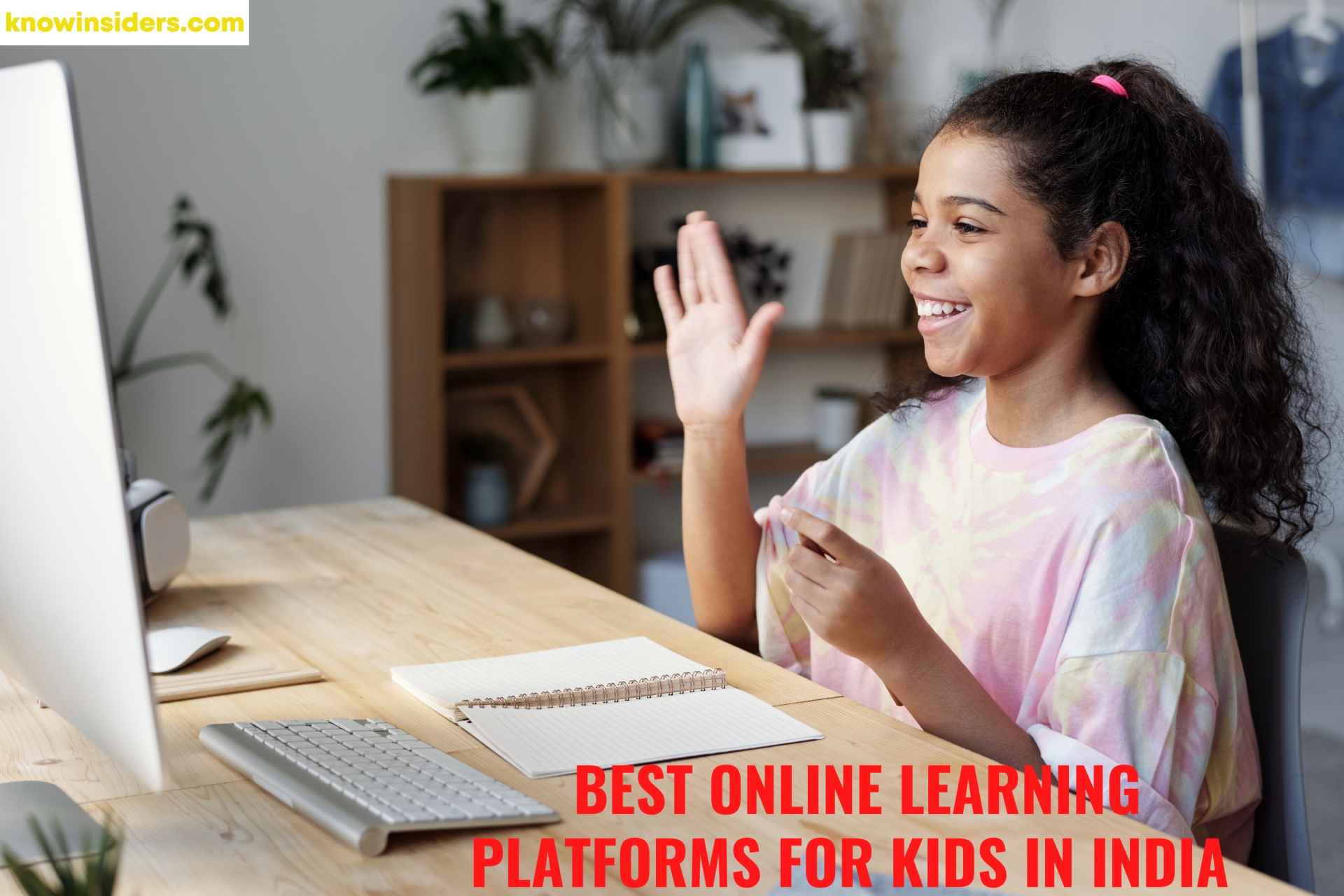 10 Best Online Learning Platforms For Kids in India 10 Best Online Learning Platforms For Kids in India Education apps India help you understand concepts in interactive ways. What are the best online learning platforms for kids in India? Read on to know ... |
 What Are Advantages & Disadvantages of Online Learning? What Are Advantages & Disadvantages of Online Learning? Online learning is a part of many institutions' course offerings around the world. But, do you know the advantages and disadvantages of online learning? |
 What Is Online Education and Changes from The Covid-19 Pandemic? What Is Online Education and Changes from The Covid-19 Pandemic? If you are new to online learning, you might be wondering what it is and how it works and how does it changes from the ... |

